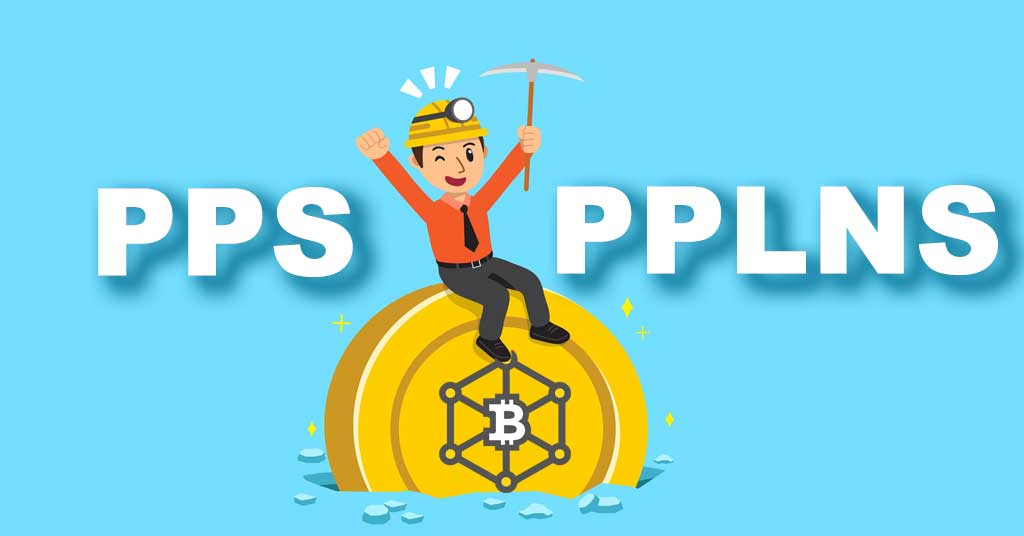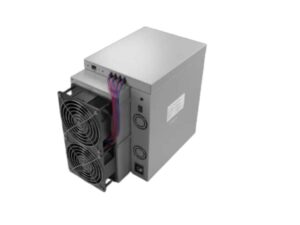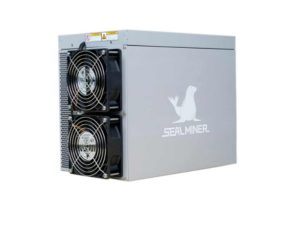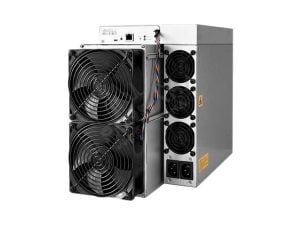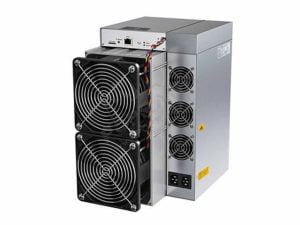The PPS offers an immediate fixed payment for each resolved production share. Under this payment method, the miner receives a standard payment rate for each share resolved. Each share has a certain cryptocurrency value that can be mined. This model is profitable during the bearish trend of a particular coin.
PPLNS then distributes the profit according to the amount of shares contributed by the miners. If a mining pool produces several blocks per day, miners earn a high profit; if a mining pool fails to produce a block throughout the day, the miner’s payout for the day is zero.
PPS+ is a mixture of both of the above modes: PPS and PPLNS. The block reward is calculated according to the PPS model. The extraction/transaction fee is calculated under the PPLNS regime. In this way, the miner can earn additional income in the form of a share of transaction fees based on the PPLNS method. This is the main disadvantage of the PPS model.
FPPS – in this scheme, the block fee and production fee are calculated on the basis of theoretical profit. Calculate the standard transaction fee in a certain period and distribute it among the miners according to their contribution in the mining pool. This increases the profits of the miners by sharing part of the transaction fees.
By using the PPS and FPPS payment methods, you will receive payments regardless of whether the mining pool finds the block or not. This is the biggest advantage over PPLNS.
When we talk about the right mining pool, we don’t mean the size of the pool or the fees, but the pay structure and the type of remuneration. If you are new to altcoin mining or even Bitcoin, understanding the terminology of the payment pool can be quite difficult. Here in this guide, we explain the pool’s remuneration structure. Is it a Bitcoin pool or an Ethereum pool, each pool has its own payment models. Nowadays pools more often pay for a share (Share). The production share is the proportion of your contribution to the block solution that is proportional to the output of your facility. The most well-known pool reward structure looks like this:
- PROP – Proportional Payment,
- FPPS – full payment per share,
- SMPPS – total maximum payment per share,
- ESMPPS – adjusted total maximum payment per share,
- CPPSRB – restricted share payment with delayed payment,
- PPS – simple payment per share
- PPLNS – payment for the last N shares
- PPS + – payment per share +. Of the above payment types, PPS and PPLNS are the two payment models most commonly used in mining pools today. Before explaining the principle of both PPS and PPLNS payments, we make a brief note on mining pools.
PPS and PPLNS are the two most popular payment models used by many currency pools. PPS stands for „Pay Per Share“ and PPLNS stands for „Pay Per Last N Shares“. In the PPS model, meter readers are paid for each check they solve, regardless of whether the block is eventually found or not. This means that meter readers will receive a steady income no matter how often the blocks are in production. This model pays lower rates than other models because the pool is at risk of paying less if blocks are found frequently, but less if blocks are found less frequently.
On the other hand, in the PPLNS model, the metrics are only paid when a block is found, based on how many shards contributed to finding it. Using this model, the pool stores data on the number of chars contributed by each meter over the last N blocks. When a block is found, the pool distributes the rewards among the scales depending on how many chars each scaler added to the block solution. This model pays higher rates than the PPS, but less stable because payments vary depending on the number of shards that contribute to the block solution.
Both models have advantages and disadvantages and it depends on the preferences of the meter readers which model is more suitable for them.
PPLNS stands for Pay Per Last (luck) N Share. This method will calculate your payment based on the number of shares you sent to the pool during the mining process. The method includes a time-based or share-based offset system that determines your payment. Your pool can find blocks of sequences or in overtime, which can have a huge impact on payouts. PPLNS includes a significant element of luck and you will notice huge fluctuations in your 24-hour payment. If you keep your farm in one pool, your payments will be stable and will only vary when new miners join or leave the pool. For a more detailed explanation of the PPLNS method, we recommend reading this discussion. PPS Pay Per Share. The pool pays you according to the average number of shares you put into the pool when searching for blocks. The PPS pays you a stable rate and is a more objective method that completely eliminates the element of luck. In the PPS method, no matter what pools are lucky enough to find blocks or not, you get a 100% payout at the end of the day. This is due to the fact that there is a standard set of hash rate based payments for each miner. Payment will not be more than 100% or less. Using this PPS method, you can easily calculate your potential income. On the other hand, with the PPLNS payment system, you can get more than 100% (or less) on average. It will all depend on the overall luck of the pool, how the pool fares in finding new blocks.
What to choose: PPS or PPLNS?
This is one of the common questions that new miners encounter. Should I choose a pool with „Pay Per Share“ or „Pay Per Last N Share“?
If you are a person who rarely changes pools, then PPLNS is definitely for you, as such pools reward their loyal miners well.
Pay Per Share (PPS): whether you need a fixed payout at the end of the day to stabilize your income or for any other reason, our recommendation is PPS. Pay Per Share works well for large farms that can quickly calculate and have stable statistics based on their hashing power.
PPS is good for big miners but very bad for pool owners because there is a guaranteed payout for the work regardless of whether the pool breaks the block or not. For this reason, and because of those who change pools too often (non-loyal miners), most pools have switched to the PPLNS payment model.
Payment for the last N shares (PPLNS): if you want to accumulate and store more coins, we definitely recommend PPLNS. For each block your pool finds, you receive a share based on your hashing power, including the pool’s luck factor (when the pool finds blocks quickly). Unlike PPS, you will receive payouts more frequently with PPLNS and you will end up being rewarded more with PPLNS than with PPS.
However, because of the huge dispersion, it is very difficult to calculate your mining earnings. PPLNS is good for both medium miners and pool owners because payouts are based only on blocks found.
If your pool is more lucky, you will see payments more often. This is why miners stay on a pool where hashing forces are large, with the assumption that the pool will find blocks very often.
To find out if a pool is a PPS or PPLNS, you need to check its website or documentation. It should state what kind of payment system the pool uses. If it’s not listed on the site, you can ask in the mining community or in the discussion forums.
Which way is better? PPS VS PPLNS
With so many aspects to consider, it is natural to ask what is better. However, comparing standard payment schemes is not straightforward. PPLNS pools may yield more profit in the long run, but are more susceptible to short-term fluctuations in network complexity. PPS pools, on the other hand, may promise a steady profit from the start, but you can get a better return on your investment over many years by looking elsewhere. As they say: it doesn’t work out in love, but it works out in cryptocurrency mining 🙂
